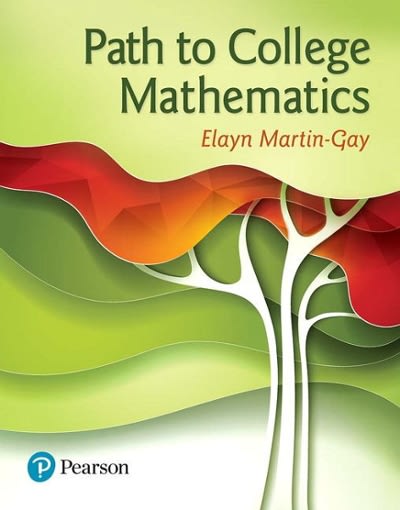
In each of the following cases, compute 95 percent, 98 percent, and 99 percent confidence intervals for the population proportion p.
(a) p?p^ = .6 and n = 100 (Round your answers to 3 decimal places.)
95 percent confidence intervals is [, ]
98 percent confidence intervals is [, ]
99 percent confidence intervals is [, ]
(b) p?p^ = .5 and n = 299. (Round your answers to 3 decimal places.)
95 percent confidence intervals is [, ]
98 percent confidence intervals is [, ]
99 percent confidence intervals is [, ]
(c) p?p^ = .7 and n = 121. (Round your answers to 3 decimal places.)
95 percent confidence intervals is [, ]
98 percent confidence intervals is [, ]
99 percent confidence intervals is [, ]
(d) p?p^ = .8 and n = 56. (Round your answers to 3 decimal places.)
95 percent confidence intervals is [, ]
98 percent confidence intervals is [, ]
99 percent confidence intervals is [,
Assuming all model requirements for conducting the appropriate procedure have been satisfied, is the mean 1Q of the students in a professor's statistics class higher than that of the general population? Explain what statistical procedure should be used for this research objective. (a) The correct procedure is a matched pairs f-test on the difference of two means. The mean IQ of the class and the mean IQ of the nation are being compared. The sampling is dependent because the students are part of both populations, (b) The correct procedure is a hypothesis test for two proportions with independent samples. The goal is to determine whether the proportion of the class that has above-average IQ is higher than the proportion of the nation that has above-average IQ. The comparison is between the class and the nation, so there are two populations. (c) The correct procedure is a confidence interval for a single proportion. The goal is to determine what proportion of the class has a higher IQ than the national average. The class is part of the nation, so there is no comparison between two populations. (d) The correct procedure is a hypothesis test for a single mean. The comparison is between the mean IQ of the class and the national average. The class is a sample of the population, so it is not a comparison between two population means. The objective is to find whether the sample mean is higher than the population mean, so it is a hypothesis test and not a confidence interval. (e) None of these O (a) O (b) O (c) O (d) O (e)T. [20 points] Dr. it would like to determine ifthere is a statistically signicant difference between his two Statistics classes. To make this comparison he will compare the results from test :L Class one had 35 students takethe test with a mean ofBZEI and a population standard deviation of L4]. Class two had 32 students takethe test with a mean score of I34 and a population standard deviation of 3.63. a} Can Dr. X conclude that there is difference in the mean test scores between the til-Jo classes at o=D.DE? lo] ICan Dr. K conclude that there is difference in the mean test scores between the two classes at o=.l}1? c] lCan Dr. it conclude that there is difference in the mean test scores between the two classes at o=D.1D? d} Compare your conclusions in parts a. b. and c. What do you inferefrom your comparison? 6. Calculate [by hand] the mean and standard deviation for the binomial distribution with the probability of a success being 0.10 and n = 10. Write a comparison of these statistics to those 'om question 5 in a short paragraph of several complete sentences. Use these fonnulas to do the hand calculations: Mean = 1gp, Standard Deviation = M T. Calculate (by hand} the mean and standard deviation for the binomial distribution with the probability of a success being 0.90 and n = 10. Write a comparison of these statistics to those from question 6 in a short paragraph of several complete sentences. Use these formulas to do the hand calculations: Mean = 1gp, Standard Deviation = 4er Question 4 The data sets below are the resistance of components produced by two companies, given in kilo-Ohms. Resistance A B 100 to 110 8 110 to 120 UT 120 to 130 19 20 130 to 140 29 47 140 to 150 36 26 150 to 160 47 14 160 to 170 13 2 1. Find the frequency mean and frequency standard deviation for each data set. 2. Comment on the comparison between the means and standard deviations of the two datasets. 3. Calculate the median and quartiles for the two data sets. 4. Comment on the comparison of the mean and median for each data set











